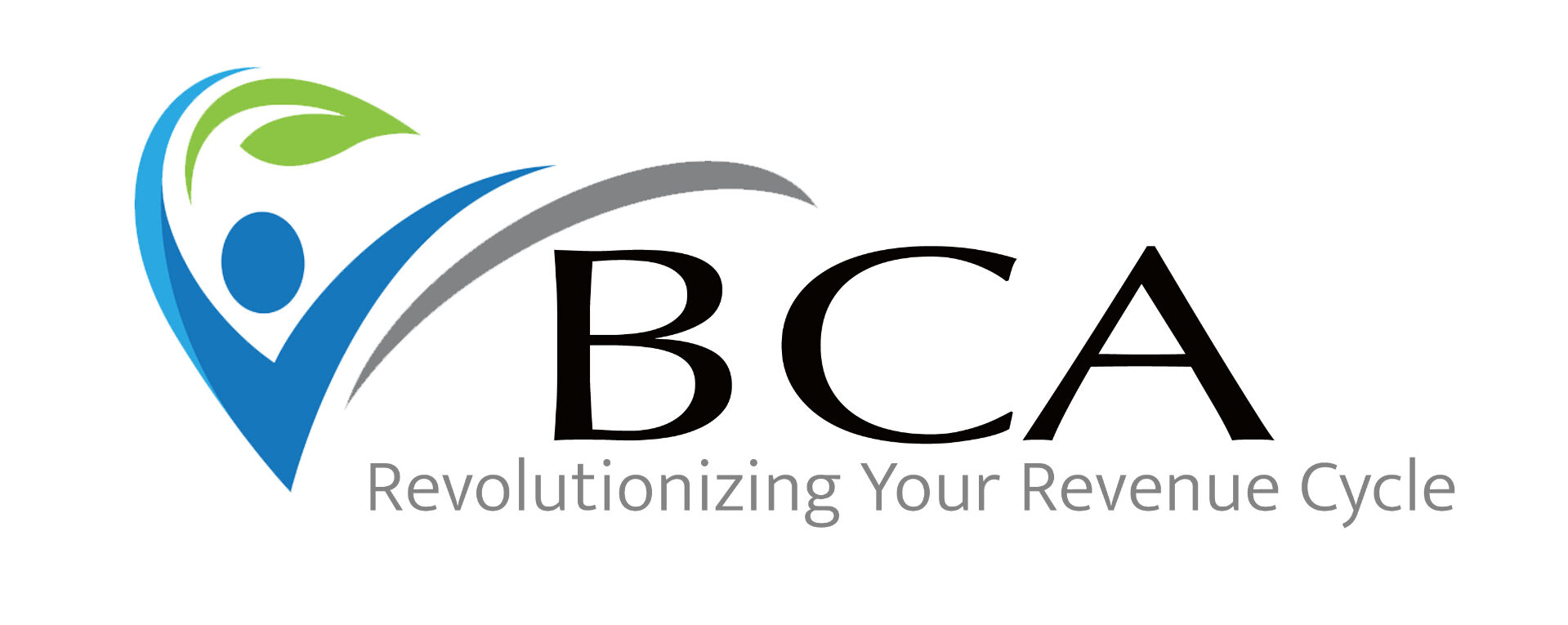Coding and revenue cycle teams ensure clinics meet value-based quality measures. Today, we’ll outline best practices for coding that target value-based incentives, the revenue cycle’s role in meeting quality standards, and practical steps for coders to support value-based initiatives.
Coding Practices That Align with Value-Based Incentives and Improve Reimbursement
Accurate coding is essential for meeting quality standards and maximizing reimbursement in value-based models. Here’s how coding practices can be optimized for value-based care:
Focus on Diagnosis Specificity: Let’s say it louder for those in the back!
Specific diagnosis codes are our highest recommendation when we audit clinician documentation and coding. Many coders know that the frequency we see E11.9 and I10 do not reflect the patient population being served. Specificity is crucial for tracking patient outcomes. By coding to the highest level of specificity, coders ensure that quality measures reflect accurate patient conditions, which affects incentives.
Documenting Comorbidities: Capturing comorbidities in documentation shows the full complexity of a patient’s health, supporting accurate coding, reimbursement, and alignment with quality metrics. For example, documenting hypertension alongside diabetes provides a complete picture, which is often incentivized.
Regular Coding Audits: Periodic internal and external audits ensure coding accuracy, essential for complying with value-based care requirements. Audits can reveal discrepancies that may affect reimbursement, allowing teams to make corrections proactively.
The Role of Revenue Cycle Teams in Meeting Quality Standards
Revenue cycle teams ensure quality measures are met by streamlining billing and claims processes. Here are key areas to focus on:
Tracking Quality Measure Compliance in Billing: Revenue cycle teams can help track whether each encounter meets quality measures tied to financial incentives. By monitoring these metrics, they can identify where improvements are needed to optimize reimbursement.
Reducing Claim Denials Related to Quality Metrics: Many claim denials are linked to incomplete or inaccurate quality measure data. Revenue cycle teams should work closely with coders to reduce errors and streamline claims processing for improved financial outcomes.
Patient Education on Billing Transparency: Revenue teams can enhance patient satisfaction by clearly explaining charges and quality-related fees, which may also be a performance metric in value-based models.
Tips for Coders to Contribute to Value-Based Care Initiatives
Coders can play an active role in supporting value-based care initiatives. Here are some practical steps:
Use Checklists for Common Conditions: Create checklists for common conditions (e.g., diabetes, hypertension) often tied to value-based incentives. This ensures that coding captures all necessary data for quality measures.
Stay Updated on Value-Based Metrics: Review changes in value-based metrics and payer requirements regularly. This knowledge helps coders ensure that documentation aligns with current incentive structures.
Communicate with Clinicians on Documentation Needs: Work with clinicians to ensure documentation supports value-based measures, guiding capturing necessary data points for high-impact conditions.
Clinics can maximize reimbursement by aligning coding and revenue cycle processes with value-based care while improving patient outcomes.
At BCA, we offer auditing and consulting services to support your practice in maintaining compliance and enhancing the quality of care. Documentation review starts at $499 per clinician. Please contact us at info@bcarev.com to learn more about our tailored solutions and how we can help you optimize your quality initiatives.
